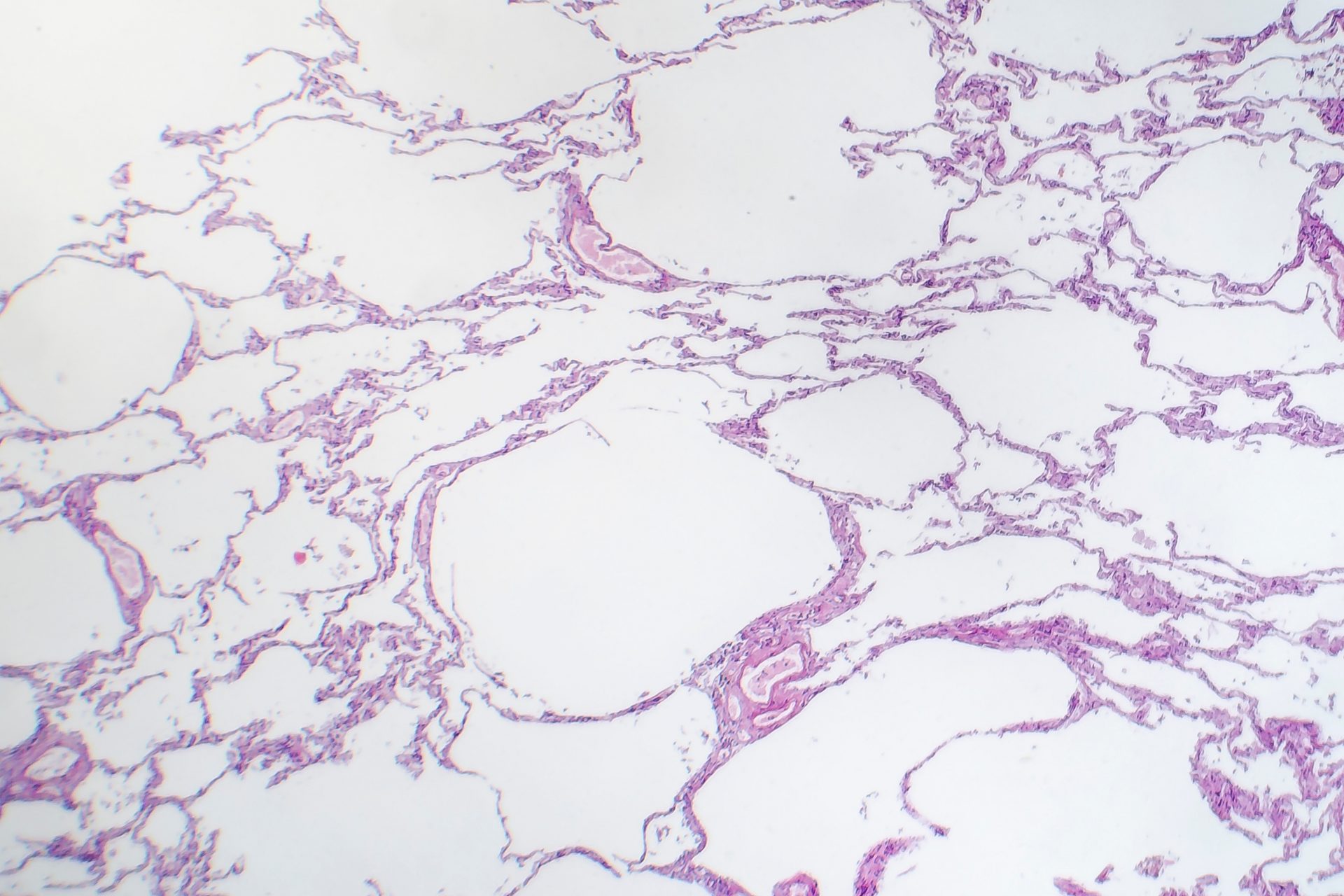Diagnoses
Allergy results when the body’s immune defence mechanism results in harm to the tissues. In the lung, this is usually due to inhaling substances but can be due to drug treatments taken for another condition.
Asthma, bronchiectasis, and pneumonitis can all result from allergic reactions in the lung in some people. It is important to consider whether something in the home or a recreational exposure, or something in the work environment might be responsible for, or contributing to, the lung condition.
There are other forms of (non-allergic) lung disease that can be associated with the workplace. Asbestos fibres can cause a range of lung conditions from benign pleural plaques and other benign pleural conditions to lung fibrosis (known as asbestosis), and malignant pleural mesothelioma. Silica, beryllium, welding and galvanising fumes, and many other exposures can result in lung disease.
Specialist assessment by a respiratory physician and, if relevant, by a specialist in Occupational Medicine, will involve a detailed history and examination along with lung function measurements. Blood investigations, x-rays and CT scans can be planned where appropriate.


